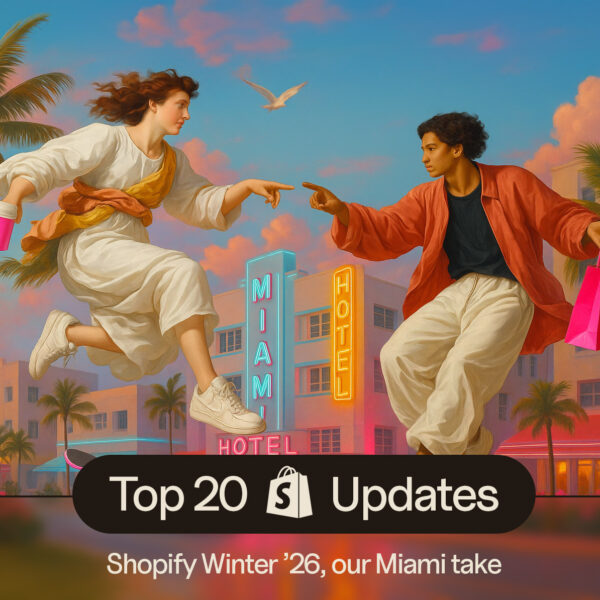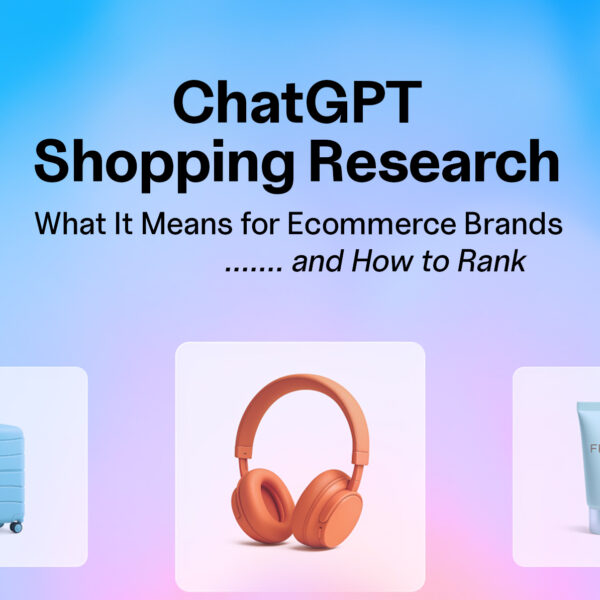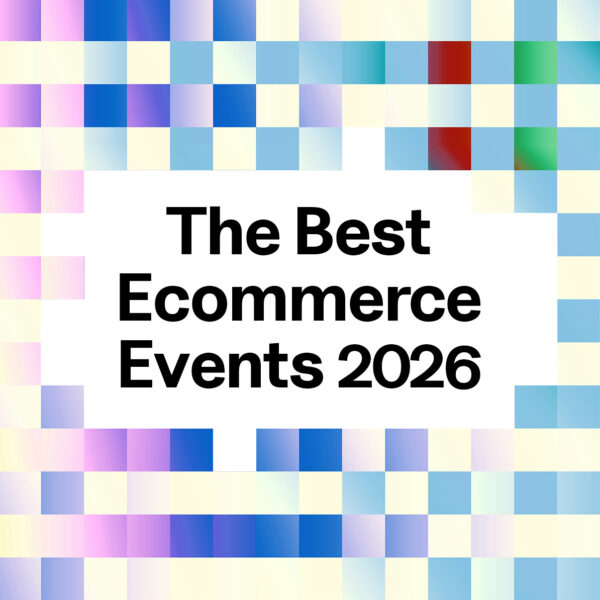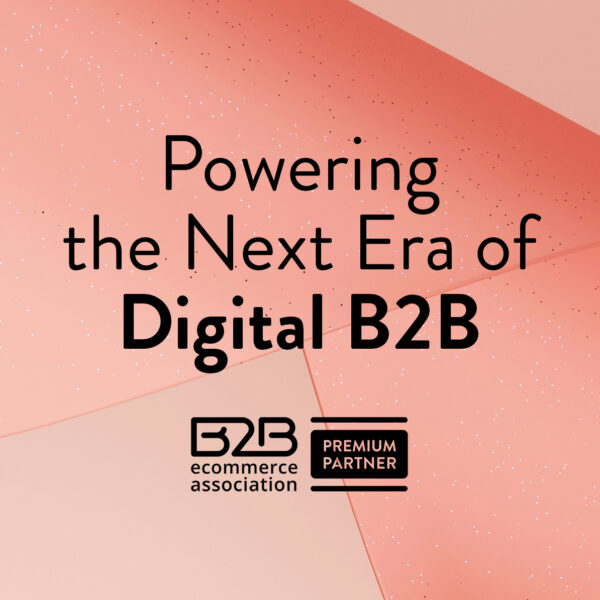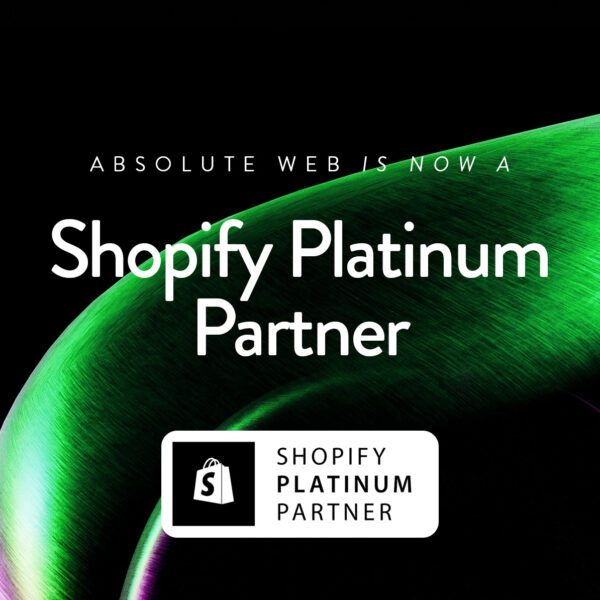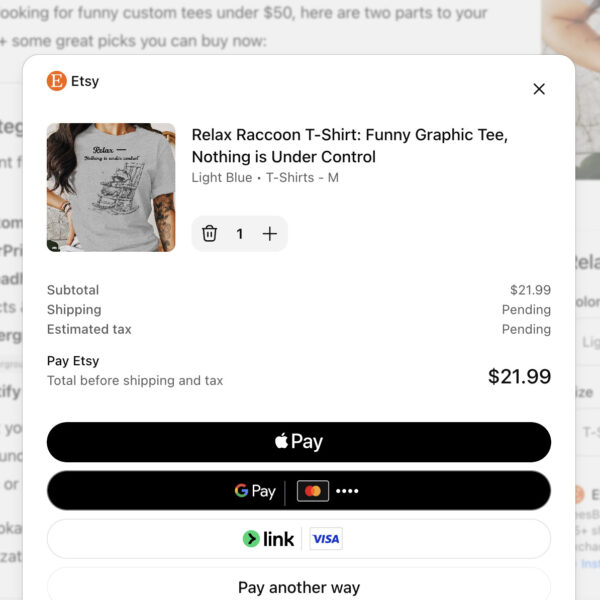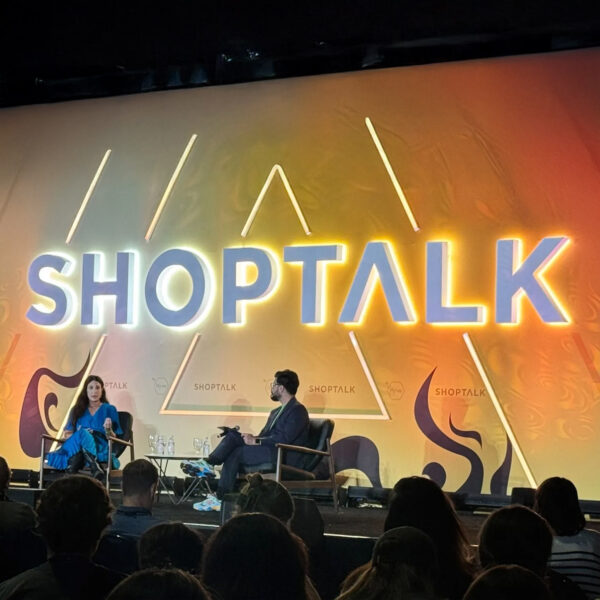
Complete Guide for Email Marketing Campaigns that Boost Sales
Automated Email Marketing and Why You Should Implement It
Automated email marketing involves automatically sending emails to prospects and consumers based on schedules and triggers that you define.
It may seem easy, but like any other online marketing tactic, the more time you invest in learning, testing and improving, the more efficient you’ll become. Therefore, the more you learn the better you can apply those skills to continue improving your campaigns.
When comparing automated email marketing to newer technologies like text alerts, Facebook ads, retargeting and native advertising, emails can seem played out. But even though email has been around forever it’s still one of the best channels to utilize. The key is to send relevant, engaging emails to your customers and knowing what kind of automated emails to send.
1 – New Subscriber and Customer Emails
Welcome Email
The welcome email will be the first email someone receives when they subscribe to your mailing list. Since it may be the very first point of contact between you and the potential customer, the proper messaging flow can make or break your relationship. More specifically speaking, the message within the welcome email can determine the likelihood or frequency that they’ll open any following emails, so it’s imperative to nail the initial one. Don’t mess it up by including hard-sell messaging in the wrong context. Your welcome email should confirm that the individual opted in and you can reach them via email. Apart from that, it’s a prime opportunity to cultivate patterns of engagement.
According to Ometria, the average open rate for welcome emails is 50% — 86% more effective than email newsletters and have 320% more revenue per email than other promotional emails. Subscribers are opening and engaging with these emails, so it’s the perfect opportunity for businesses.

Creating a Strong Welcome Email Series Includes:
• Offering a discount or a free trial as an incentive to subscribe can increase immediate conversions and increase the likelihood of them opening the rest of your emails.
• Including call to actions to follow you on social media and read your blog can help build familiarity and cross-channel engagement.
• Avoid spammy words that can immediately get your email and domain flagged by leading email clients.
Email After Initial Purchase
Like the email you’d send to a brand-new subscriber, the one sent after the first purchase should officially welcome them to the club and explain what’s to come. It should cover how long it’ll take their order to leave the warehouse, when it will arrive at their home, and the return policy. This is also the perfect time to advertise related products.
Check-In Email
About three days after a consumer makes a purchase, you should send out a follow-up email asking them how everything went. Far too often, consumers are ignored by companies during this process, and you can stand out in a positive way by asking them to reach out to you if they happen to need anything. Make it so the customer can reply directly to the email instead of making them fill out a contact form or support request. This will make it more convenient for the customer.
Product Arrival Email
Two days after the estimated arrival date, you should send out an email letting the customer know their product should have arrived. Be sure to ask if the product did indeed arrive and if it arrived safely. Having knowledge of potential problems as soon as possible is important. The sooner you resolve a problem the better and it shows the customer that you’re proactive in providing top quality support.
Product Review Email
Product reviews drive sales because currently online shoppers always look to reviews during the purchasing process. According to Forbes 90% of consumers read online reviews before visiting a business and online reviews have been shown to impact 67.7% of purchasing decisions. So, prompt your customers through email to leave a product review and other consumers will be able to see that people are satisfied with their purchases.
2 – Lead Nurturing Emails
You should incorporate lead nurturing into your email marketing campaigns to guide shoppers through every stage of the sales cycle, driving them to make a purchase.
Many businesses concentrate on the 3 out of 100 visitors who are currently ready to buy, but then there are about half of all shoppers who will never buy no matter what type of marketing tactics you use. This means that the majority of companies are willing to leave 47% of potential customers unaddressed because they’re not nurturing subscribers the right way. This is where lead nurturing through email comes into play.

Rather than constantly sending out promotional emails and putting emphasis on sales, you should consider how to add value in addition to discounts. Your subscribers are humans and even though there may be a demand for your product, there is a lot more you can assist them with. Doing so will help differentiate your company from competitors and establish yourself as an authority in your industry. You can put your products in these emails, just don’t make them the focal point. Instead, focus on content that’s valuable to your subscribers and doesn’t dismantle your business.
For businesses that have various inbound, outbound, and lead nurturing programs running simultaneously, Act-On has the capability to integrate them together to maximize your return. We’ll also take you through all the steps to successfully run a lead nurturing email campaign:
• Educate Your Subscribers
Teach your subscribers something product specific or something relevant to your product or audience.
• Create Brand Awareness
The welcome email was the introduction to your brand and your email nurture campaign is where you should elaborate on your brand history and story. Create a series of emails that tell the story of your brand and what sets it apart from others.
• Embrace Storytelling
People love an interesting story, so if you can get a testimony from an employee, consumer, or even your own story, use that as material for your nurture emails. Stories are effective because they humanize your brand and make it interesting and relatable to potential customers.
• Engage Based on Behavior
If a user has written on the live chat on your website, contacted you through social media, or any other channel you could have collected their email, send a follow-up message relating to the initial communication.
3 – Abandoned Cart Emails
Barilliance reported that the average cart abandonment rate in 2017 was 78.65%. That’s a lot of money lost by consumers who were interested enough to add your products to their cart and just not make a purchase.
According to Annex Cloud, cart abandonment costs e-marketers about 2 to 4 trillion per year. With this having a big economic impact, shopping cart abandonment solutions are becoming a top priority for e-commerce marketers.
• About 45% of emails sent to follow up on abandoned carts are opened.
• 21% of the opened follow-up emails are clicked on.
• 10.7% of consumers that receive the emails return to make a purchase.

Setting Up an Abandoned Cart Email Series
It is recommended to send the initial email 24 hours after the cart was abandoned, the second 48 hours after, and the third 72 hours after.
As time passes, you should analyze your data to determine if and how you should adjust these times. Examine when conversion rates start dropping to determine when you should end a sequence. It’s also okay to send more than three emails, especially if that’s what your metrics are suggesting.
Email 1: Reminder About Items Left Behind
Many businesses send discounts and promo codes in the initial abandoned cart email and sharp shoppers have discovered this tactic. Some consumers will abandon their cart just to see if you’ll send them a discount code. This should not be your go-to strategy initially because you’re messing with your margins.
Instead, you should send a reminder in the initial email. Let shoppers know that they left something in their cart, include a picture of the product, and a link that takes them directly to check out.
Email 2: Handling Objections
You must ask yourself what is the main reason consumers are not buying your products? Now is a good time to address those objections and then persuade subscribers that your product is worth buying. When you don’t know what people’s objections are, you should ask. Add a question to your initial email that requests feedback about why they didn’t complete their purchase. If you run it for a month, you’ll have a foundation of data to figure out why consumers are not converting. Utilize those insights to guide how you structure the next email for your cart abandonment series.
Email 3: Offer A Discount or Incentive
If consumers aren’t converting after the initial email, this is when you should take it a step further and send a discount. It can be a percentage, a dollar amount off, free gift, or another offer. Regardless of the incentive, you’ll want to use something that encourages consumers to take action and something that works well for your margins. Run an A/B test to figure out which tactic is most effective for your audience. Note, that you should be sending a picture of the products in the email and a noticeable link to their shopping cart.
4 – Repeat Customer Emails
According to Yotpo Voice, nearly 15% of all online shoppers are repeat customers. Overall, it’s a small percentage, but returning customers make up about 1/3 of all online shopping revenue and they spend three times more than one-time shoppers on average. In addition to that, it costs less to bring back a previous customer than to acquire a new one.
Setting Up an Emails for Repeat Customers
Your repeat customers and your new customers should be treated completely different. Your repeat customers know, like and trust your business and that trust is based off prior positive experiences. What the repeat customers need are relevant information and products to solve their issues. This means your job with these customers is to focus on offers related to customer interests and being helpful.
Email 1: Checking In
Send the check-in email about two days after the product should have been delivered. Be sure that the delivery process went well, and the product arrived in good condition. This is also a good time to ask them to submit a product review.
Email 2: Personalized Recommendations
Four days following the check-in email, send out some personalized recommendations. These are repeat customers and you should know more about their preferences, so it should be simpler to send tailored product recommendations to them.
Emma is a great tool that works with Shopify, Salesforce, and OptinMonster to gather CRM and sales data and personalize emails based on the subscriber.
5 – E-commerce Email Receipts
Email receipts are a cash cow for online retailers. It’s the perfect chance to make an offer and encourage your customers to take additional actions.
Setting Up E-commerce Email Receipts
The process of optimizing your email receipts is pretty straightforward. Use your default email receipts with appropriate information, like transaction numbers, name/photo of the purchased products, shipping details, how to contact support, and payment information. After that, you can add extra things like product recommendations and links to your social media channels.

6 – Re-engagement Emails
As time progresses, your subscribers may start ignoring your emails. This is when a re-engagement email campaign can spark interest again. In a survey administered by Email Monks, they found that 45% of consumers that were sent re-engagement emails read them.
Setting Up Re-engagement Emails
• Start with a reminder.
• Follow up with an incredible deal.
• Caution subscribers that you’re going to delete or unsubscribe them from the mailing list.
• Unsubscribe inactive users.
Email 1: Meaningful Discount
If subscribers do not respond to your first email, you should offer a discount with a fascinating message to encourage a return visit. You can offer a discount, free gift with purchase, or a product bundle.
It’s vital to offer something that’s going to push customers to your site to buy. You have to be willing to lose some money on this sale because once the customer is re-engaged, they’ll spend more money with you in the future and that’s when you’ll get the real profit.
Email 2: Unsubscribing Notice
Politely let subscribers know that they’ll be removed from the mailing list if they don’t respond or make a purchase. Provide them with a specific date or time frame to act, so they don’t forget. This is also a good time to remind customers about the deal you offered them in the first email. Also, this time instead of offering something, request feedback from the subscriber on why they’re no longer interested. You should gain some valuable insight that will allow you to improve your overall marketing approach.
Email 3: Officially Unsubscribing
After the first two emails, if they haven’t responded go ahead and unsubscribe the user and notify them. Include a link, so they can resubscribe if they’d like.
Closing
Automated email marketing campaigns can take a huge burden off you and since we’ve covered the basics, you can start implementing some of them. Once you get them going, collect the data and analyze it to figure out how you can continue to improve your campaigns in the future. Whether you’re welcoming them to your email list or sending them offers to increase their purchase value, automated email marketing can drive major conversions that would otherwise have been left behind.
More Articles
Top 20 Shopify Winter ’26 Updates Every ...
Our strategic take on the most important changes from Shopify’s…
Read more
ChatGPT Shopping Research: What It Means for ...
OpenAI just released ChatGPT Shopping Research, and it’s quietly becoming…
Read more
The Best Ecommerce Conferences and Marketing Events ...
Your guide to the most impactful, innovative, and ROI-positive events…
Read more
Powering the Next Era of Digital B2B: ...
Miami-based digital commerce agency Absolute Web has officially joined the…
Read more
OpenAI’s Atlas Browser Is About to Rewrite ...
OpenAI has officially unveiled ChatGPT Atlas, a new AI-powered web…
Read more
Absolute Web Achieves Shopify Platinum Partner Status
Big news 🚨 Absolute Web has officially been recognized as…
Read more
The Next Frontier in Ecommerce: Buying Directly ...
The news is out: OpenAI unveiled a major leap in…
Read more
Absolute Web’s ShopTalk Fall 2025 Review: AI ...
AI That Actually Moves KPIs – Who We Spoke To…
Read more
Social Feed


